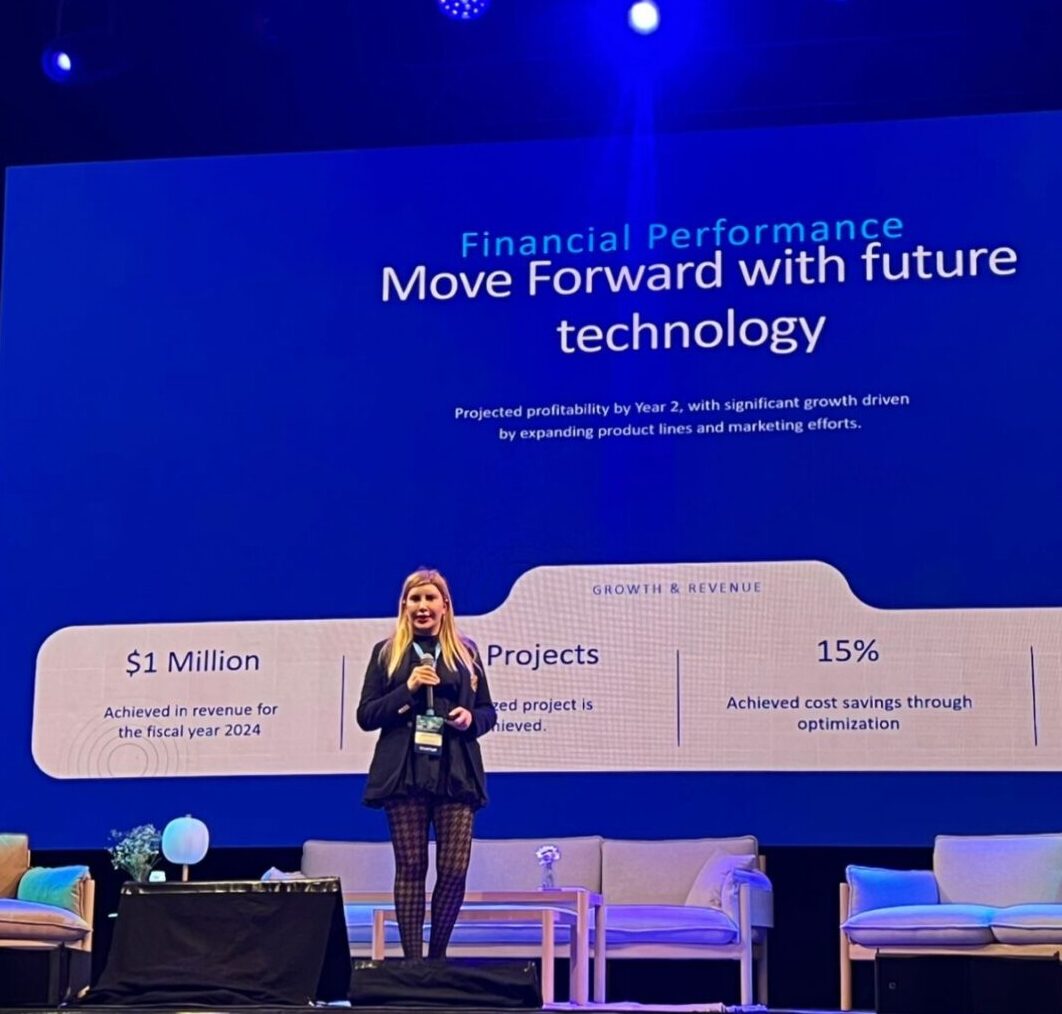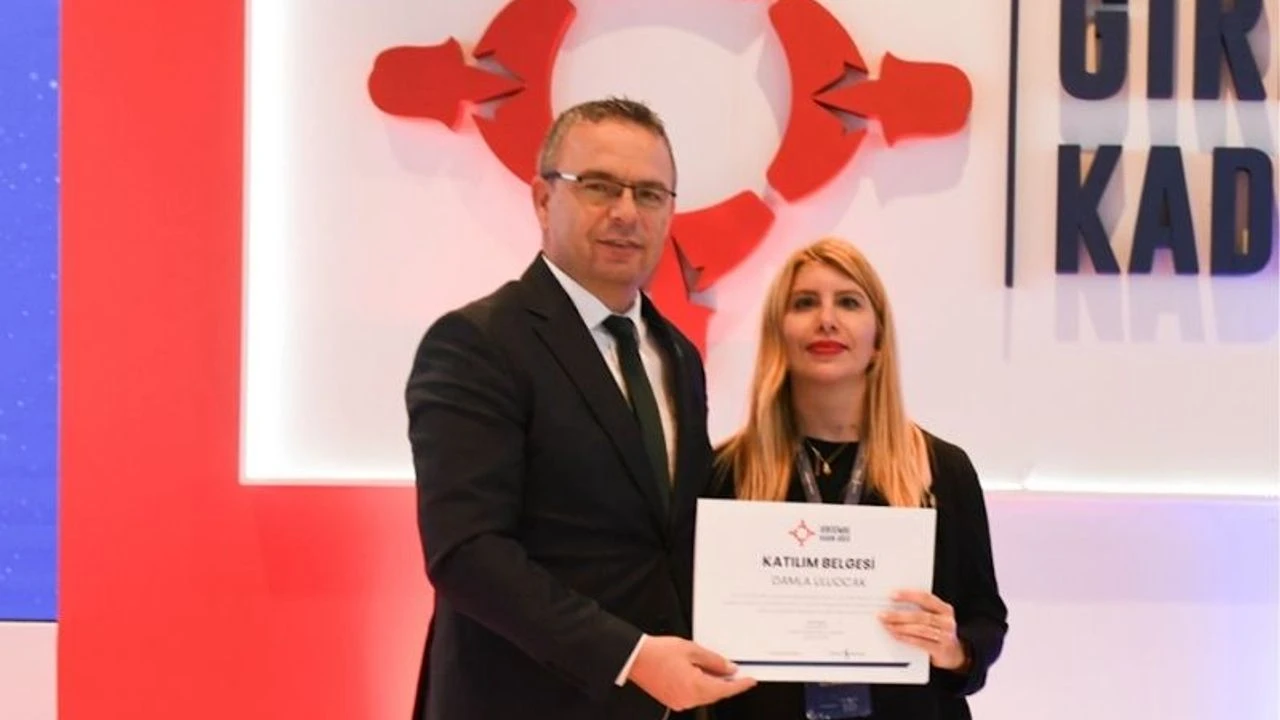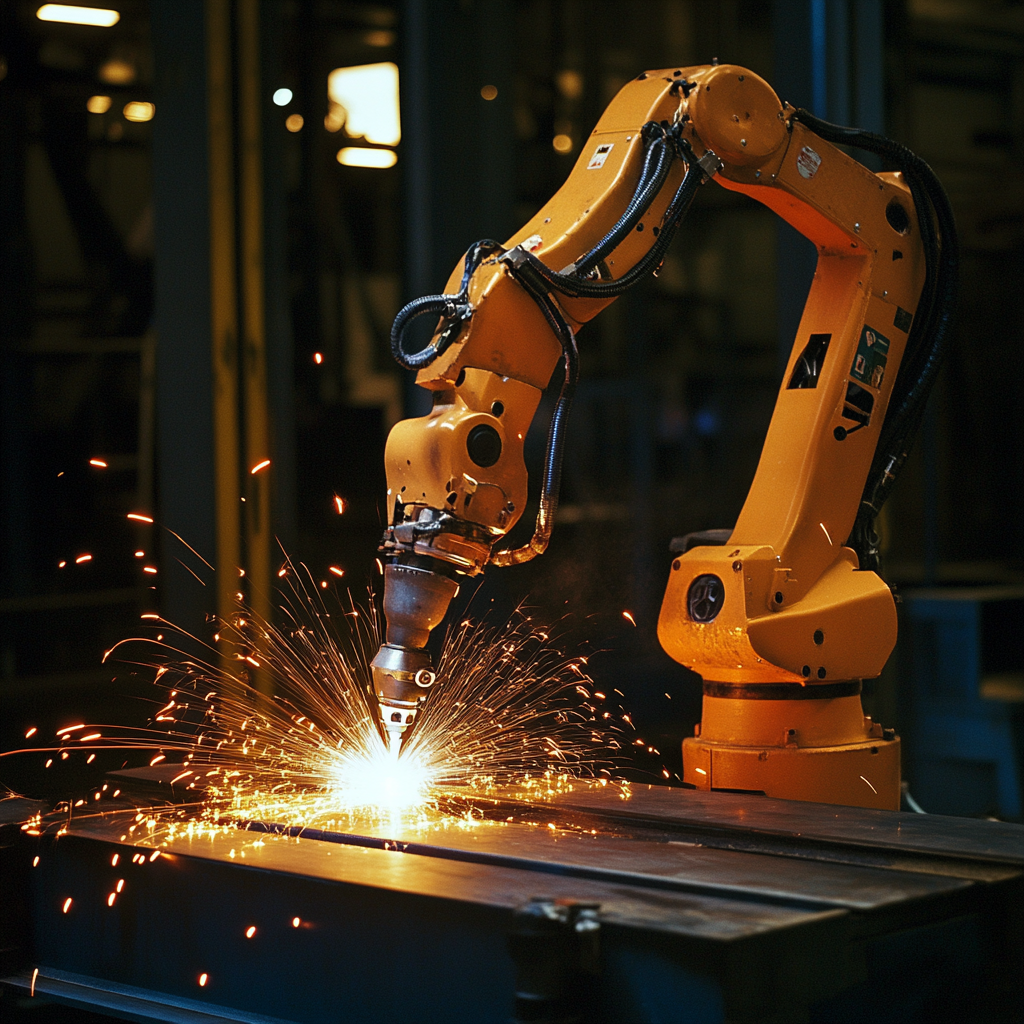Leading Innovation in Robotics and Automation Solutions
Maintaining an arc welding robot is vital to ensure optimal performance, extend its lifespan, and secure a higher return on investment. At Nilus Mühendislik, we specialize in providing comprehensive solutions tailored to maximize the efficiency of your robotic systems.
We’ve identified 9 essential steps that you can incorporate into your maintenance routine to keep your arc welding robot in peak condition.
1. Daily Visual Inspections for Leaks and Damage
Start each day with a visual check of the robot and surrounding equipment. Look for signs of liquid on the floor or the machine, which could indicate a loose fitting, damaged hoses, or cracked electrical wire coatings. The protective covers of hoses and electrical cables should also be checked, as exposure to ultraviolet (UV) light and high temperatures can degrade them over time. Simple protective measures, such as fabric sheaths, can extend the lifespan of these components.
2. Regular Check of Robot Hardware and Safety Components
Inspect all hardware, including bolts and fixtures, on the robot and the surrounding equipment. Ensure that safety covers are in place and secure. If your robot uses oil-based gearboxes, check the fluid level and color via the sight glass—low levels or a dark fluid may indicate leakage, overheating, or contamination.
3. Monitor and Maintain Coolant Levels
If your welding process involves a water-cooled torch, regularly monitor coolant levels and clarity. Proper coolant management is essential to prevent overheating and to maintain system efficiency. Contaminated or low coolant can lead to algae growth, reducing cooling efficiency and shortening component life.
4. Inspect Welding Leads and Connection Points
Regularly check the welding leads and cable conditions. Pay attention to the connection points for signs of wear, loose fittings, or frayed strands, as these can increase resistance and affect welding performance. Ensure rotary grounds are lubricated with conductive grease to maintain effective electrical conductivity.
5. Check and Clean Cooling Systems
Ensure that all cooling systems, including fans and ducts, are clean and free of debris. In environments where machining and grinding operations are nearby, airborne contaminants can clog cooling systems, leading to overheating or electrical shorts. Cleaning these systems regularly helps maintain optimal performance and prevents damage.
6. Listen for Unusual Noises and Monitor Vibrations
During production, listen for air leaks or any unusual noises, such as grinding or excessive vibration. These can indicate mechanical issues, such as loose fittings or damaged components, which should be addressed immediately to prevent further damage or downtime.
7. Back Up Robot Software Regularly
Make it a habit to back up your robot’s software periodically. In complex robotic systems, even small programming errors can lead to significant downtime. Keeping a current backup allows you to restore functionality quickly and minimize disruptions to your production.
8. Inspect Gas Connections and Flow Rates
For welding applications using shielding gas, regularly check all gas connections and fittings for leaks. Verify that pressure and flow are within specified limits. Both insufficient and excessive gas flow can negatively impact the quality of welds.
9. Adopt Predictive Maintenance Strategies
Leverage the latest technologies and data analytics to implement predictive maintenance strategies. Monitoring key performance indicators, such as duty cycle, temperature, and vibration, can help predict when components will require maintenance. This proactive approach helps reduce unscheduled downtime and extends the lifespan of your equipment.
Predictive Maintenance: The Future of Arc Welding Robotics
At Nilus Mühendislik, we believe in the power of predictive maintenance to transform the future of robotic arc welding. With the integration of advanced data analytics, Internet of Things (IoT) devices, and Ethernet communication, it’s now easier than ever to collect and analyze data from each machine. This wealth of information allows us to predict maintenance needs accurately and avoid costly unscheduled downtimes.
By adopting these 9 steps, you can ensure your arc welding robots operate efficiently and maintain the highest standards of production quality. Trust Nilus Mühendislik for expert advice, innovative solutions, and comprehensive support for all your robotic maintenance needs.
Contact Nilus Mühendislik today to learn more about how we can help you optimize your robotic systems for peak performance.






